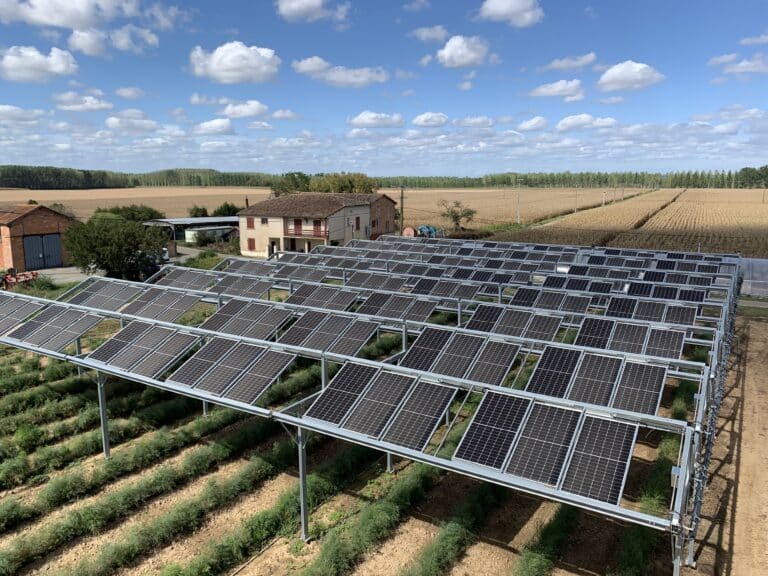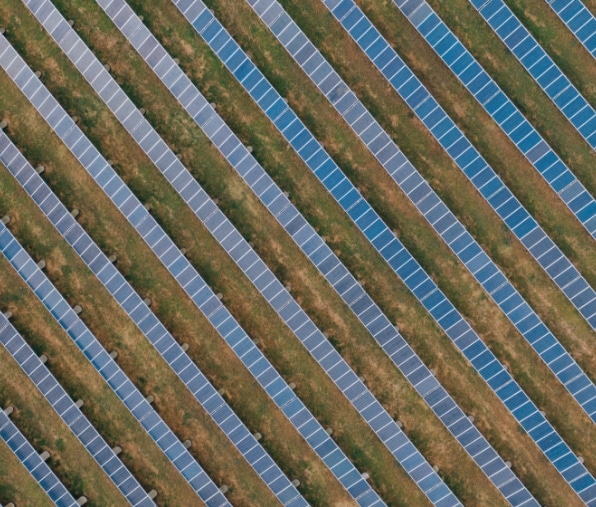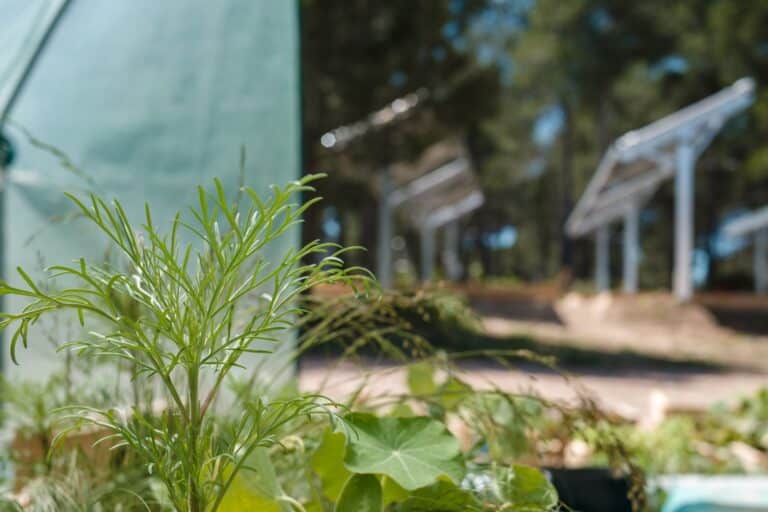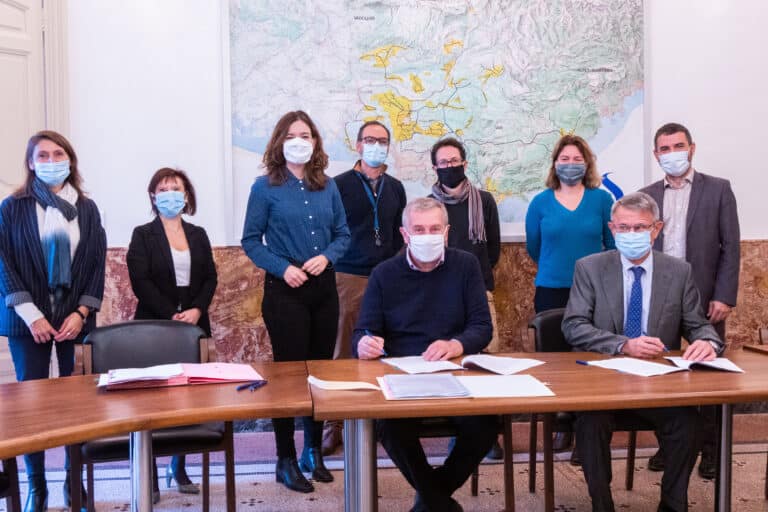On June 11, 12 and 13, the Ombrea and Onetech teams took part in the conference scientific conference Agrivoltaics scientific conference in Denver (Colorado, USA). Bringing together the world's leading players inagrivoltaicswas an opportunity to take stock of innovations, advances and new developments in the sector. Here's a look back at 3 days of meetings and learnings !
Around the world of agrivoltaics: what's happening abroad?
Politicians, farmers, developers, researchers and economists : nearly 400 players from the world ofagrivoltaics gathered in Denver to drive the sector forward.
The United States and Europe were, by far, the most represented. Thanks to France, a of onlys countries to have passed a law, the APER law, which includesagrivoltaics, Europe has a certain lead. Other countries, such as such as Italy, Germany, Hungary and Croatia for their part are little by little legislative framework.
Agrivoltaics in the United States
In the United States, the Agrivoltaics 2024 conference confirms the country's strong interest in the subject. To date, 566 agrivoltaic sites are listed (most of them on the prairies), as well as a national laboratory dedicated to the development of renewable energies (the NREL, "National Renewable Energy Laboratory"), with an entire cluster dedicated to agrivoltaics. Our teams were lucky enough to visit several demonstrators in Colorado: NREL, Jack Solar Garden and CSU. They are working on different issues, but they are ambitious. This conference gave us an idea of the resources being deployed in this field.
Last but not least, several American states seem to be taking a particular interest in the subject, through the prism of their own specific issues: in one case, the preservation of water resources; in another, the "dual use" of agricultural land (Illinois, for example). As a reminder, senators from Illinois visited French agrivoltaic sites last year, illustrating their desire to push the sector forward.
Agrivoltaics in Europe
The European market, meanwhile, seems to be maintaining its lead, with leading countries such as France, Italy and Germany, where large-scale agrivoltaic projects are multiplying (low tracker structures for cereals and arable land, first demonstrators in cattle farming, canopies for perennial crops...). France, well represented with numerous developers, definitively confirmed its lead in the development of agrivoltaic projects and in R&D.
Innovations on display
Among the agrivoltaic innovations discussed and presented at this year's Agrivoltaics are the following:
- Semi-transparent panels. These solar panels, with their more widely spaced cells, let in more light than conventional modules, yet are just as efficient in terms of electricity production. This technology, which is becoming increasingly popular, particularly in Europe, represents an interesting short-term potential for agrivoltaic structures.
- Spectral splitting (or wavelength separation). Still mostly in the research stage in several European countries, this technology aims to separate white light to optimize electrical and agricultural production.
- Modeling. The presentations confirmed that Ombrea's approach is the right one: combining a producibility model, an irradiance model and a cultivation model.
Ombrea and TotalEnergies: a strong presence
Agrivoltaics was an opportunity for Ombrea and TotalEnergiesto present our collaboration, our shared vision and our ambitions for the years ahead. In particular, our teamsu highlight the joint work of the R&D and Data teams atOmbrea and TotalEnergies (OneTech) through the presentation of six scientific posters and participation in two orals.
Here are just some of the topics covered by our teams:
- The use of remote sensingThe use of remote sensing, i.e. the use of images generated by drones and satellites to monitor electricity and agricultural production.
- The presentation of pySTICSwhich is a simplified version of the STICS model developed byINRAE, enabling us to develop ecophysiological models to better understand the impact of our shading systems on crops.
- The presentation of FSPM models (Functional-Structural Plant Model) models based on 3D plant modeling, enabling leaf temperature and evapotranspiration to be modeled at leaf level.
- The use ofrotating shades facing South for inter-row shading of perennial crops.
This edition of the Agrivoltaics conference will have brought together all the players involved in the development of this promising sector. It also strengthened the links between the private sector, academia and technology, with the aim of furthering l'agrivoltaics. We look forward you rendez-vous in Fribourg at Agrivoltaics 2025 !













